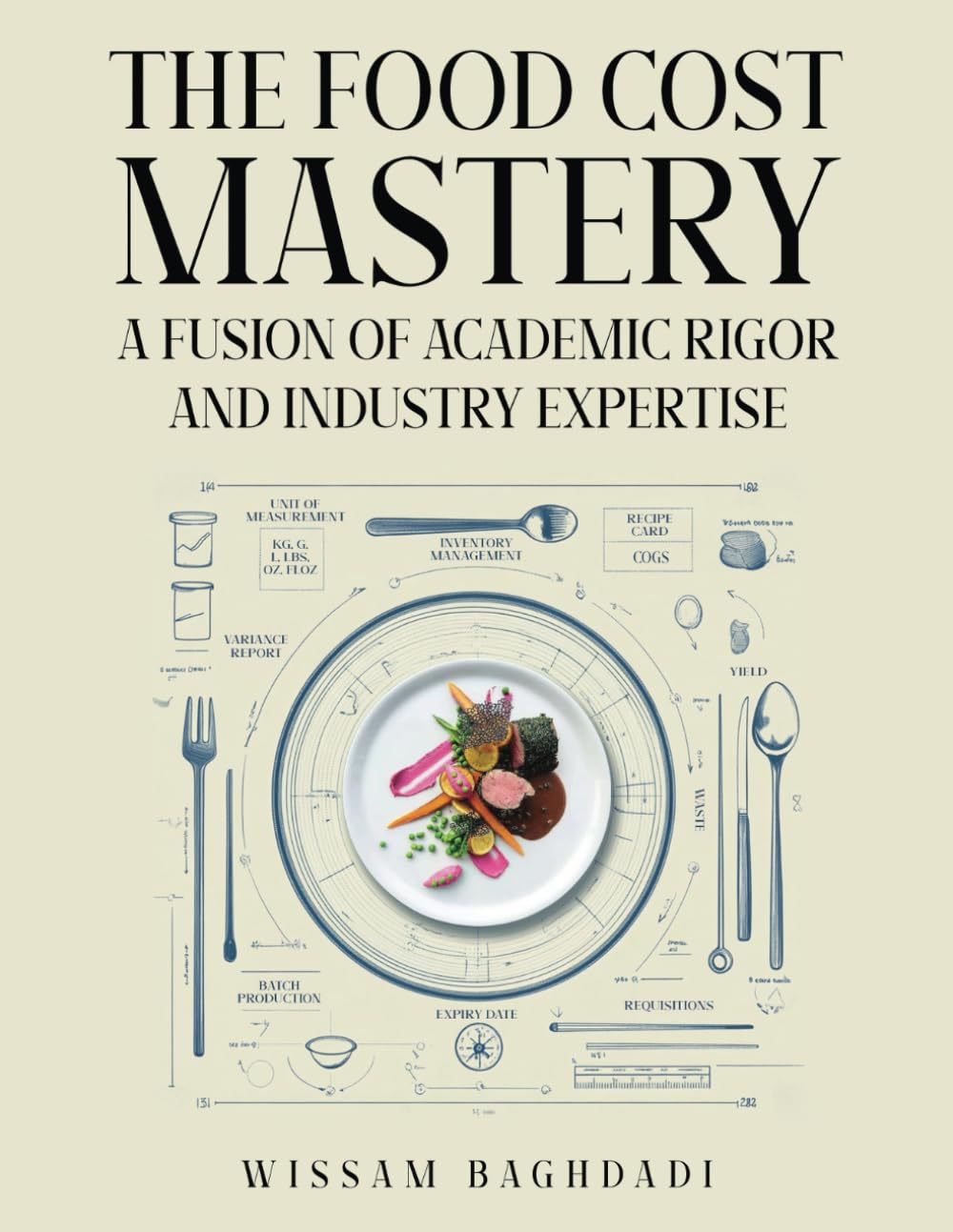
Did you know the layout and design of a menu can significantly influence customer choices and, by extension, your restaurant’s profitability? In The Food Cost Mastery: Fusion of Academic Rigor and Industry Expertise, Wissam Baghdadi reveals how menu psychology can be a powerful tool for increasing sales of high-margin items. By understanding customer behavior and strategically designing menus, restaurateurs can subtly guide diners toward more profitable choices.
The Science Behind Menu Psychology
Menu psychology leverages principles like eye-tracking patterns, anchoring, and descriptive labeling to influence decision-making. These subtle techniques help restaurants highlight profitable dishes without making customers feel pressured.
1. Eye-Tracking Patterns
Research shows that customers tend to scan menus in specific patterns, often starting at the top right corner. This “golden triangle” is prime real estate for high-margin items. Baghdadi recommends placing “Stars” in these positions to maximize visibility and sales.
2. Anchoring
Anchoring is the practice of using high-priced items to set a reference point for customers. For example, featuring a luxurious entrée at the top of a section makes other dishes appear more affordable, encouraging diners to choose mid-range options that are often more profitable.
3. Descriptive Labels
Words matter. Adding descriptive labels such as “succulent,” “handcrafted,” or “locally sourced” can increase the perceived value of a dish. Baghdadi highlights how these labels create an emotional connection, making diners more likely to choose and justify higher-priced items.
Design Elements That Drive Profits
1. Highlighting Key Dishes
Use bold fonts, boxes, or icons to draw attention to high-margin items. For example, a chef’s recommendation symbol can signal quality and encourage sales.
2. Strategic Pricing
Avoid using currency symbols, which can subconsciously remind customers of spending. Instead, list prices without symbols or in smaller fonts to minimize focus on cost.
3. Manageable Menu Length
A concise menu prevents decision fatigue, making it easier for customers to choose high-margin items. Baghdadi suggests focusing on a curated selection of profitable dishes rather than overwhelming diners with too many options.
Encouraging Customer Choice
1. Offer Bundles and Add-Ons
Combo deals or optional add-ons (like extra toppings or sides) can increase the average check size. Baghdadi emphasizes that these additions should complement the base dish without overshadowing its profitability.
2. Use Visuals Sparingly
While pictures can be engaging, overusing them can cheapen the look of a menu. Reserve images for a few signature dishes to enhance their appeal.
3. Leverage Customer Psychology
Diners are more likely to choose items described as exclusive or limited-time offers. These labels create urgency and can boost sales of dishes you want to highlight.
Refining the Menu Over Time
Baghdadi advises restaurateurs to regularly analyze sales data and customer behavior to identify trends. High-performing items can be given more prominence, while underperformers may need redesigning or removal.
A well-designed menu is more than a list of dishes—it’s a silent salesperson. By applying the principles of menu psychology outlined in The Food Cost Mastery, restaurateurs can strategically influence customer choices to maximize profits while maintaining a satisfying dining experience. Small changes in layout, design, and wording can have a big impact on your bottom line, turning your menu into one of your most effective business tools.